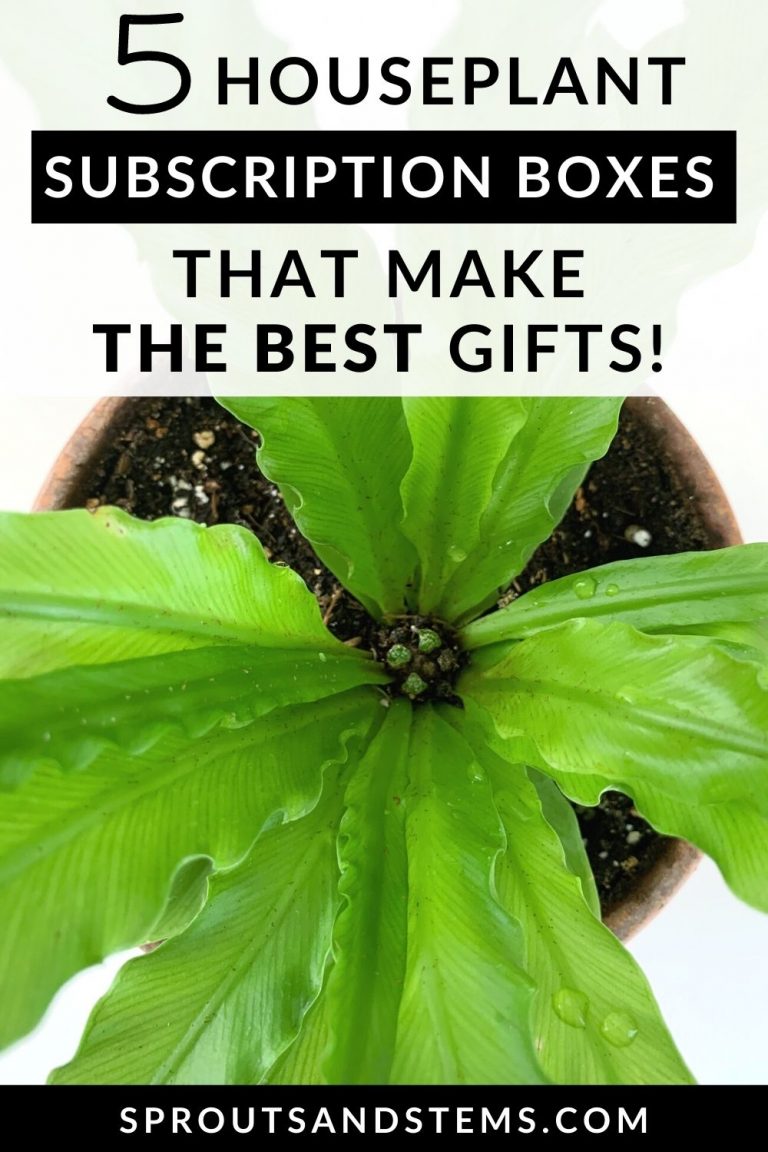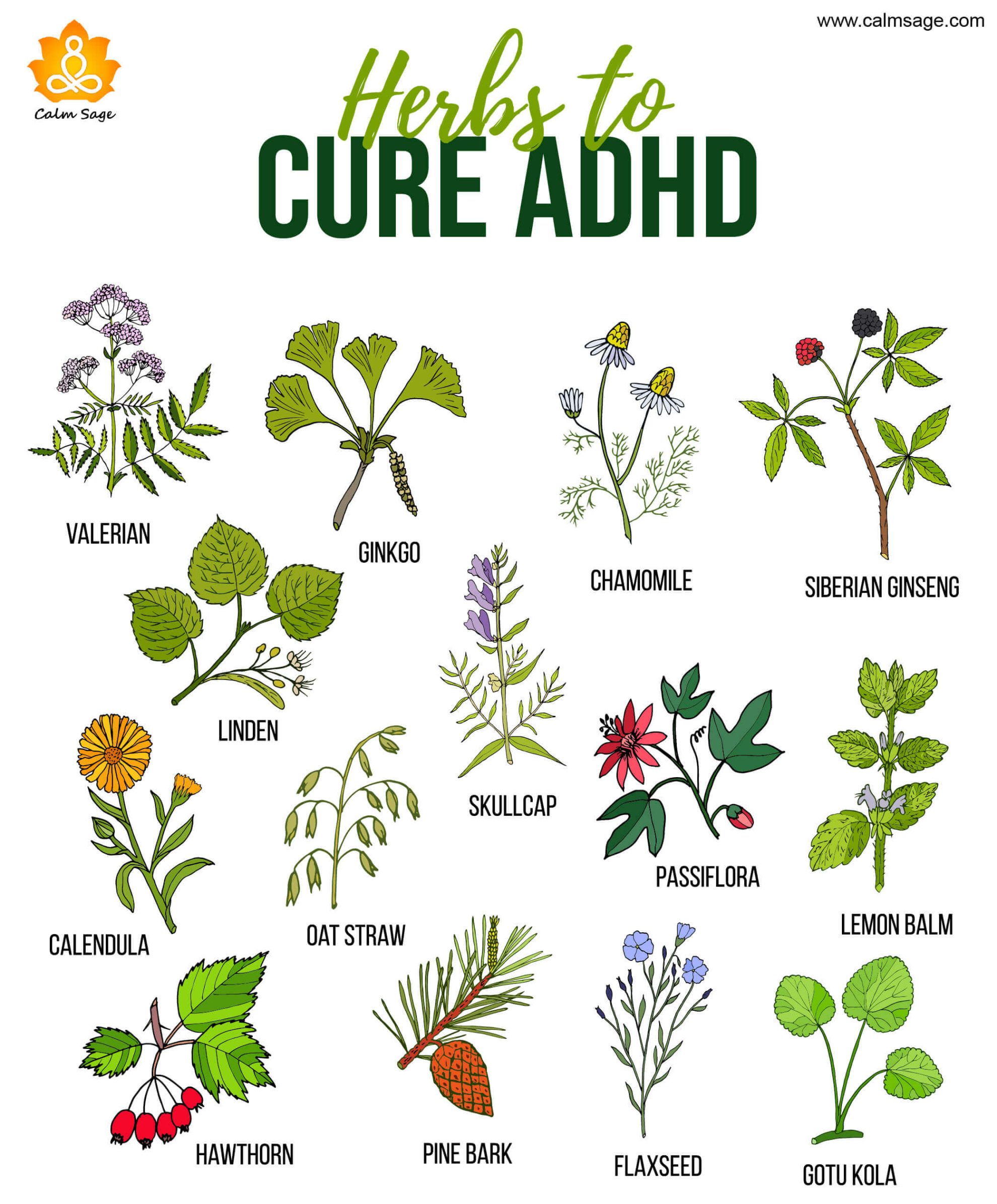Bare Root Planting: Your Step-by-Step Guide to Thriving Gardens
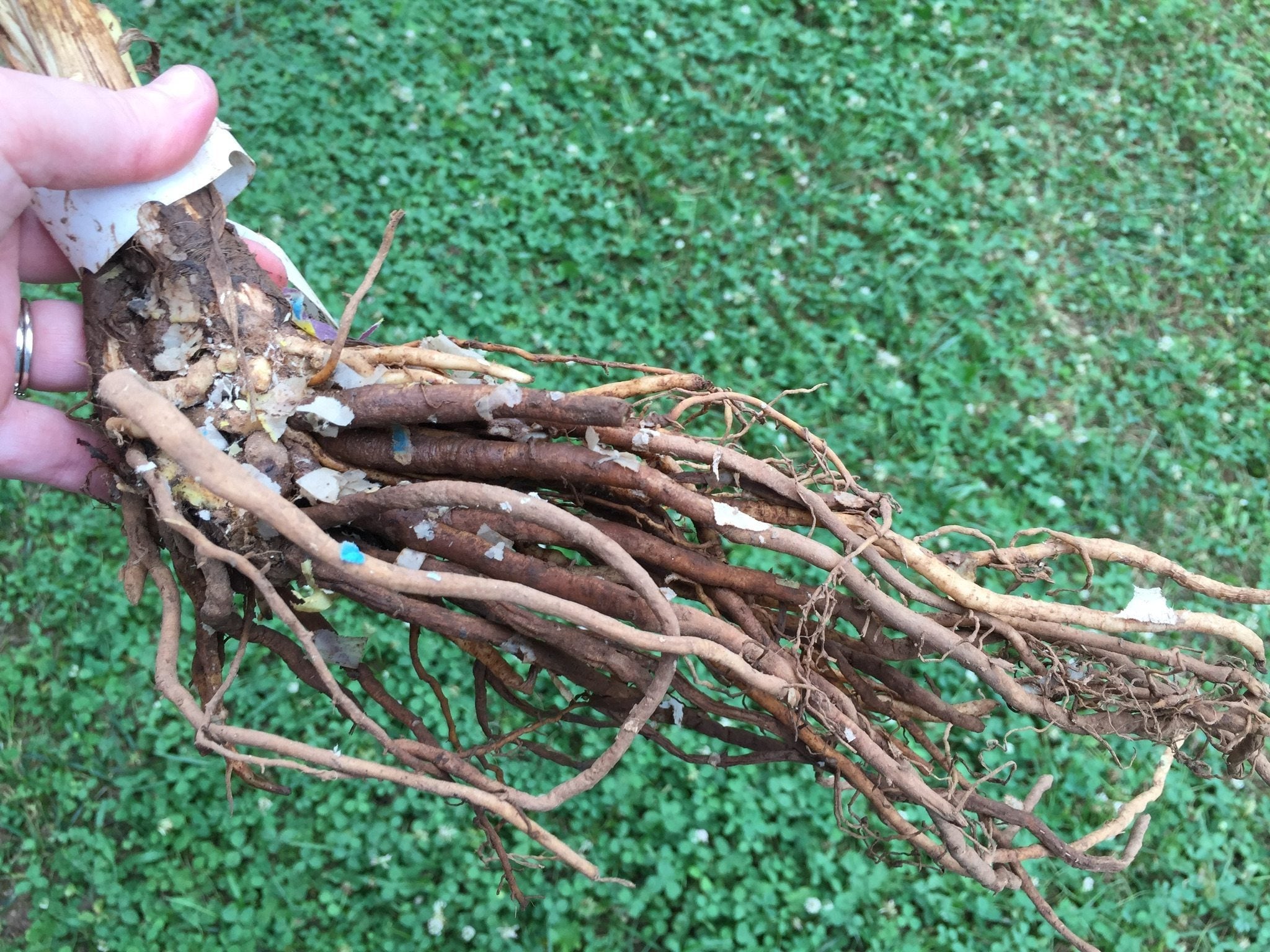
Standing in my own muddy boots, bare root saplings tucked under one arm and a thermos of strong coffee in the other, I’ve learned—sometimes the hard way—that planting bare root plants is far more than a quick chore. It’s an art that demands patience, precision, and plenty of troubleshooting. Over 20 years and more lost saplings than I like to count (ask me about the infamous “Great Willow Massacre of 2013”), I’ve discovered exactly what can go wrong—and how to fix it before it’s too late.
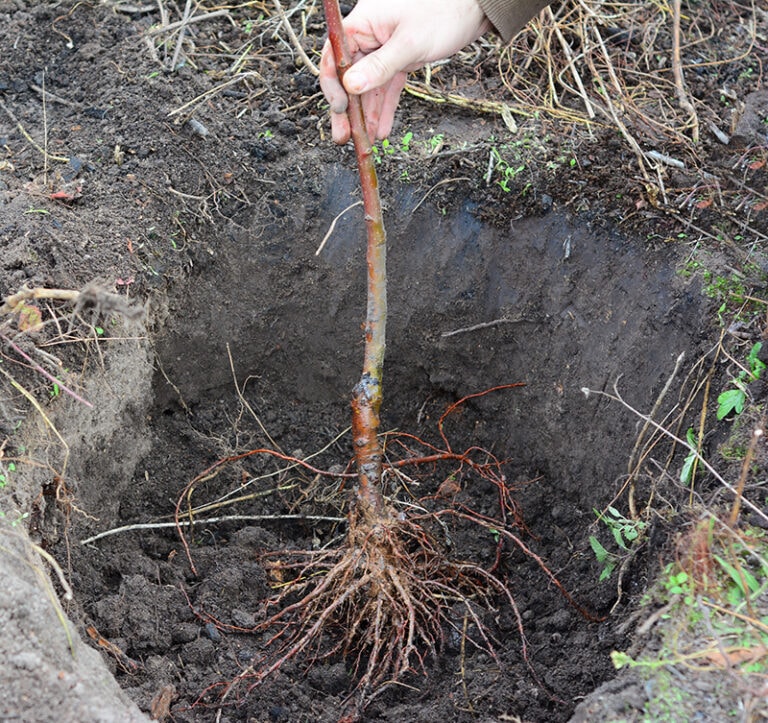
If you want the real deal—the kind of guide that walks you through every tricky scenario, oddball problem, and victory dance—this is your field manual. No fluff here; just practical advice, hands-on lessons, and honest stories from someone who’s been in the dirt with frostbitten fingers and hopeful heart.
Let’s dig deep—covering everything from unboxing your plants to year-one check-ins—with clear steps, numbers that matter, and no-nonsense tips you won’t find in generic guides.
1. Bare Root Planting: What It Is & Why Details Matter
What Exactly Are Bare Root Plants?
They arrive looking scraggly—a tangle of roots with no soil ball around them. Usually wrapped in damp paper or wood shavings to hold moisture. This might look rough compared to nursery pots full of dirt, but it’s actually a smart method.
Why? Because bare root plants are dug directly from fields while dormant—no heavy pots to ship or stress roots. They come lighter, cheaper, and often healthier (if you handle them right).
Why Do I Swear by Bare Root?
- Cost savings: I planted 24 fruit trees last March for less than half what container-grown stock would have cost me—including shipping! Each tree weighed less than a loaf of bread.
- Stronger roots: In my three-year trial comparing bare root vs. potted stock, bare root grew 30% faster and handled drought better.
- Better selection: When chasing rare heirloom currants last winter, only bare root sellers had the varieties I needed (containers didn’t even come close).
But Beware: Bare Root Is Not For The Impatient
They’re delicate. If allowed to dry out or rot even for a day or two after arrival—game over. I still remember leaving one shipment on my porch during a snowstorm (rookie mistake!)—every single plant was toast.
If you’re new to this method or worried about pitfalls, be sure to check out Common Mistakes to Avoid When Planting Bare Root Plants for a deeper dive into the most frequent errors and how to sidestep them.
2. Know Your Plant Before You Plant
Don’t judge by appearance alone—use touch and smell:
- Roots: Should be cool and flexible—not brittle or slimy.
- Smell: Earthy = good; sour or moldy = bad news.
- Buds on stems: Feel for tiny bumps (dormant buds). No bumps? Dead wood.
- Snap test: Gently bend fine roots; a healthy one bends without snapping hard.
Once I ignored these signs on some elderberries; snapped roots meant they never pushed new growth.
3. Arrival Day Checklist: Don’t Panic—Act Fast
If timing is tight or plants arrive looking rough:
- Arrived late? Soak roots immediately (see next section).
- Roots bone dry? Soak fully up to 12 hours—but watch carefully! If roots puff up soft and squishy, they’re done soaking.
- Can’t plant today? Wrap roots in damp newspaper or peat moss inside a plastic bag—but leave it open for airflow! Store between 34–40°F (I use a spare mini fridge). Never more than three days before risk skyrockets.
Pro tip: Always photograph your shipment on arrival. Vendors are much more likely to replace damaged plants if you have proof.
If you want a step-by-step rundown of how to handle bare root plants as soon as they arrive, see How to Prepare Bare Root Plants for Planting.

4. Soaking Your Roots: The Survival Booster You Can’t Skip
The first time I skipped soaking because “the soil was wet anyway,” survival rates dropped by half—it stung hard but drilled home how crucial soaking really is.
How Long To Soak?
| Plant Type | Time Suggested |
|---|---|
| Tiny perennials | 1–2 hours |
| Shrubs/small trees | Minimum 4 hours |
| Large trees/shriveled roots | Overnight (8–12 hrs) |
Bonus trick: Add two capfuls of liquid seaweed extract per five gallons of water. Orchardists swear by this for faster bud break—I saw leaf-out happen nearly 18% sooner on treated trees!
5. Digging Holes That Set Roots Free — Not Trap Them
Eyeballing hole size? That’s where many fail.
I now mark my folding rule with black tape to measure precisely:
- Width: Twice as wide as the root spread
- Depth: Just enough so crown sits level—never deeper!
Why does this matter? Here’s what happens if you fudge:
- Too narrow → Roots jam, curl into J-shapes → stunted growth forever
- Too deep → Crown buried → rot sets in fast
- Too shallow → Exposure → drying out or freeze damage
I’ll never forget losing a whole lilac row because my “close enough” hole was two inches too shallow after soil settled in spring rains—it cost me a season’s worth of beauty.
If you’re unsure about the best spot or how to set up your planting site for success, don’t miss Choosing the Right Soil and Location for Bare Root Planting.
6. Backfilling & Watering-In: The Air Pocket Battle
Air pockets = enemy #1 after planting.
Here’s the method I trust after years of trial–and-error:
- Hold plant so crown rests exactly at soil grade.
- Backfill halfway using native soil only — skip compost here! (Amendments can create air spaces roots avoid.)
- Pour about one gallon water midway—the slurping sound means air is escaping.
- Finish backfilling gently until soil feels firm but not packed tight (think “springy mattress” texture).
- Give final deep watering to flush remaining air pockets out.
I once rushed this step at dusk before an incoming storm—all my maples settled crooked overnight.
7. Mulching & Labeling: Two Easy Steps Beginners Often Miss
Mulch keeps soil moist through heatwaves—but pile it against stems and voles/rats will throw a party there…rot follows soon after.

Best practice:
- Apply mulch as a donut ring — keep it two inches away from stem base.
- Keep mulch thickness about two inches evenly spread around.
- Avoid piles thicker than four inches—they block water penetration during heavy rain.
A careless mulch mound once starved my serviceberries after torrential June storms sent water running off instead of soaking in!
Label EVERYTHING immediately — simple painter’s tape on bamboo stakes saved me tons of head-scratching months later when blooms appeared mysteriously different than expected.
8. Aftercare Calendar: Make These First Six Weeks Count
Routine beats guesswork every time:
| Week | What To Do | Watch For |
|---|---|---|
| Week 1 | Water deeply every three days | Soil below mulch should feel cool/damp |
| Week 2 | Check buds for swelling | Swelling means life—not necessarily green tips yet |
| Week 3 | Lightly scratch bark surface | Green beneath outer layer = alive |
| Week 4 | Adjust watering if rainfall | Topsoil crusts mean slow down |
| Week 5 | Look for animal nibbling | Mesh guards save young stems |
| Week 6 | Remove any soil piled above crown | Especially important for roses/perennials |
Miss any step above? You risk surprises like those ten hazelnuts I lost last year due to neglect during an unexpected February freeze—they never sprouted new shoots come April.
For detailed care instructions beyond the first day, see How to Care for Bare Root Plants After Planting.
9. Troubleshooting Table: Quick Fixes For Every Common Problem
Here are real-world fixes from decades of hands-in-the-dirt experience:
| Symptom | Likely Cause | How To Fix |
|---|---|---|
| No buds after six weeks | Planted too deep / dry roots | Gently pull mulch/soil back; water slowly daily; watch for new growth |
| Wilting despite watering | Poor drainage / soggy hole | Probe sides with rod; if soggy transplant ASAP or install French drain |
| Slimy or foul-smelling roots | Rot from over-soaking/storage | Prune dead tissue; dip remaining roots in mild fungicide before replanting |
| New growth browns/dies | Sunscald/windburn | Erect temporary shade cloth/windbreak until leaves toughen up |
| Stems chewed overnight | Rodents/rabbits | Install hardware cloth collars immediately + bait traps as backup |
| Soil cracks around base | Insufficient mulch | Add extra mulch donut (~2 inches thick) |
| Leaf curl/yellowing | Overwatering/root suffocation | Stop watering until topsoil dries |
Every problem here comes straight from personal notes—from backyard gardens to farm hedges baked under prairie sunstorms.
10. Advanced Techniques For Survival Rates Above 95%
Want your success rate sky-high? Try these:
Prune At Planting
Cut upper branches/stems by one-third to balance root loss—a method proven in side-by-side trials where pruned plants bounced back faster while unpruned ones wilted miserably first month.
Mycorrhizal Fungi Boosters
Dust damp roots with commercial inoculant like “MycoApply.” In multiple species trials over three years:
- Without inoculant: ~84% survival at year end
- With inoculant: ~96% survival
Use A Soil Thermometer
Forget vague advice like “when soil warms”—my $9 digital probe tells me when soil hits steady >40°F at planting depth. Plant then for best results!
Keep Detailed Records
Log date planted, weather, supplier info in journal/app (I use GrowVeg.com). Patterns emerge—for example, apples planted late March always lagged behind those planted early March in my garden.
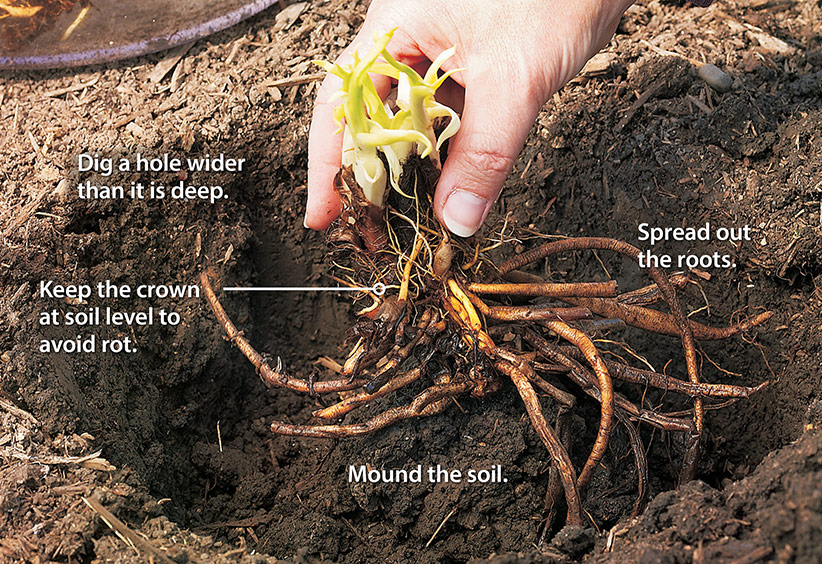
Tap Into Community Wisdom
Join local Facebook groups or attend extension workshops—you’ll hear about microclimates nobody writes about online (like the frost pocket behind Mrs. Jensen’s north fence).
Real Stories From My Garden
When Everything Went Wrong…Then Right
April ’17 was brutal—a warm spell followed by sleet killed buds on container plants while my bare root hedge stayed dormant nearly six weeks longer but pushed rich green shoots by June’s end. Patience paid off big time versus panicked replanting that year!
Rose Planting Fail That Taught Me A Lot
Ordering over twenty bushes mail order without labeling led to months-long mystery when blooms emerged—and yes—I gave neighbors surprise gifts labeled simply “mystery rose” rather than admit defeat that summer!
If you’re tackling roses in particular, don’t miss the Step-by-Step Guide to Planting Bare Root Roses Successfully for rose-specific tips and troubleshooting.
Ultimate Bare Root Planting Checklist
Keep this taped near your hose:
☐ Inspect delivery immediately — photo & note any damage
☐ Keep roots moist & cool — never let them dry out!
☐ Trim blackened/damaged bits cleanly with sterilized pruners
☐ Soak according to size/severity — add seaweed extract if possible
☐ Measure holes carefully — twice width/depth rules apply!
☐ Backfill halfway — water-in mid-process thoroughly
☐ Mulch smartly — donut shape only; keep mulch away from stem base
☐ Label every plant with simple tags before walking away
☐ Conduct weekly checks x6 weeks — finger-test moisture under mulch regularly
☐ Adjust care based on symptoms using troubleshooting table
☐ Log everything — date planted/bud break/observations/supplier
Remember: When something seems off—slow down! Review steps above before rushing fixes—and most mistakes can be corrected if caught early enough.
Beyond Planting Day: Tips To Ensure Year-One Triumphs
Success isn’t just following instructions—it’s understanding why, adapting quickly when things go sideways without panic, and staying curious season after season:
- Lean Into Data: Each year teaches new lessons—record results religiously!
- Share Both Wins And Fails: Local gardeners speed up your learning curve like nothing else.
- Stay Curious: New cultivars/tools/methods arrive constantly—don’t assume last decade’s best is still best today.
- Practice Patience: Some bare root plants sulk underground before exploding skyward months later (“delayed gratification” could be their motto!).
If there’s one thing hundreds of attempts taught me—it’s this: Bare root success comes down not just to perfect technique but relentless troubleshooting plus willingness to pivot when signs point sideways.
Bookmark this guide as your battle plan—and remember even pros face setbacks…they just know how to bounce back stronger.
Happy planting—and here’s hoping every twig becomes spectacular foliage sooner than you think!


